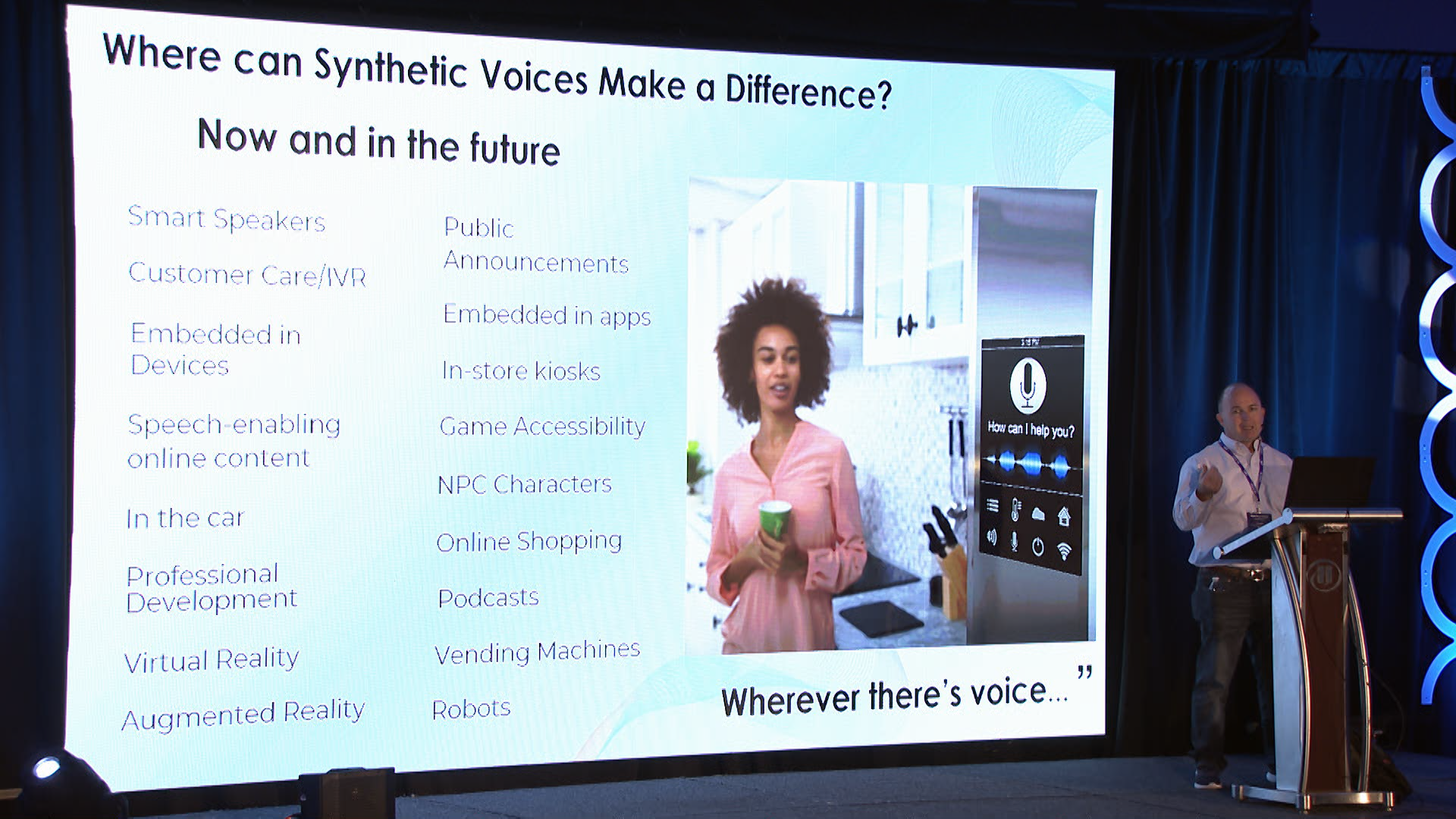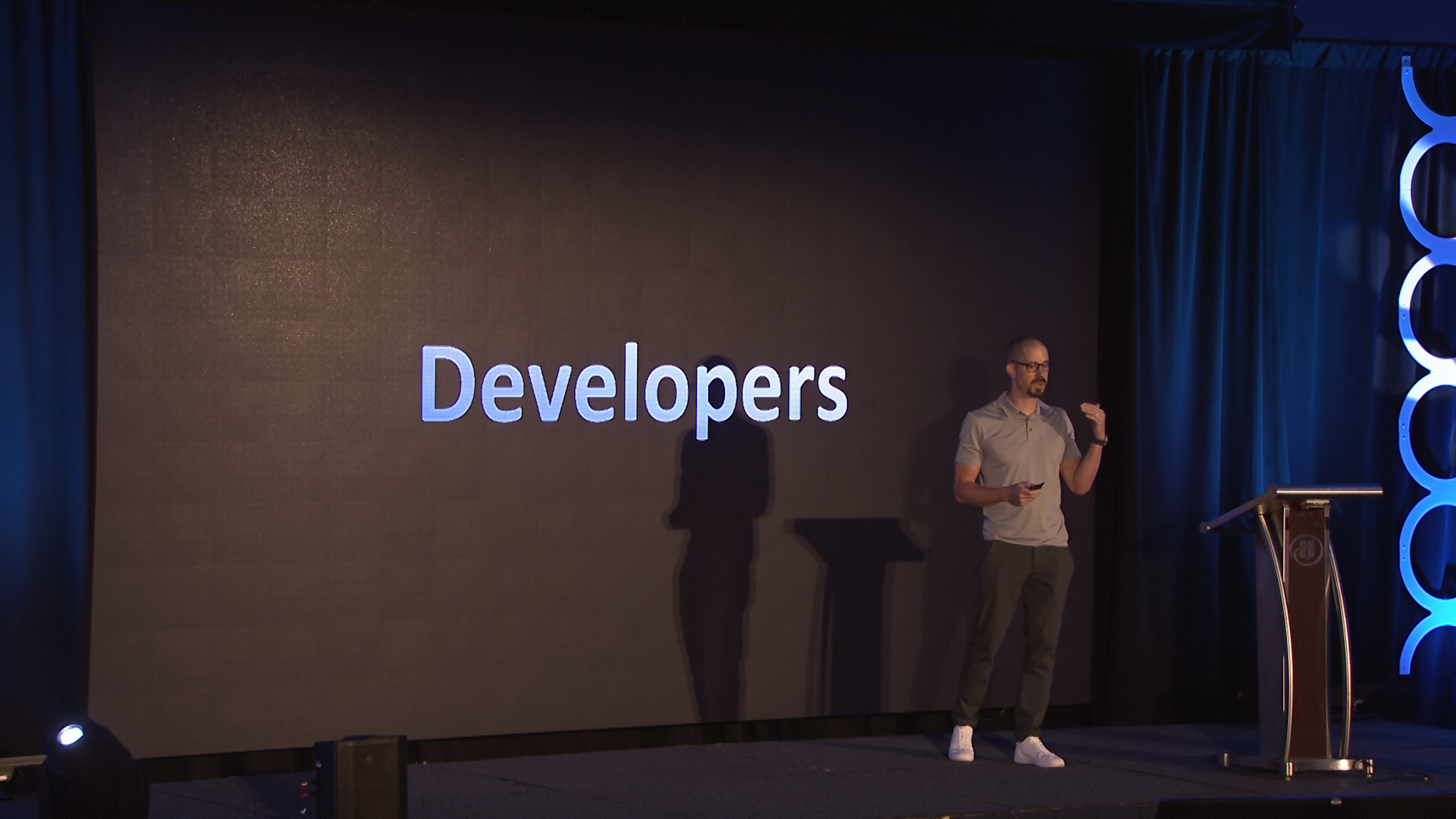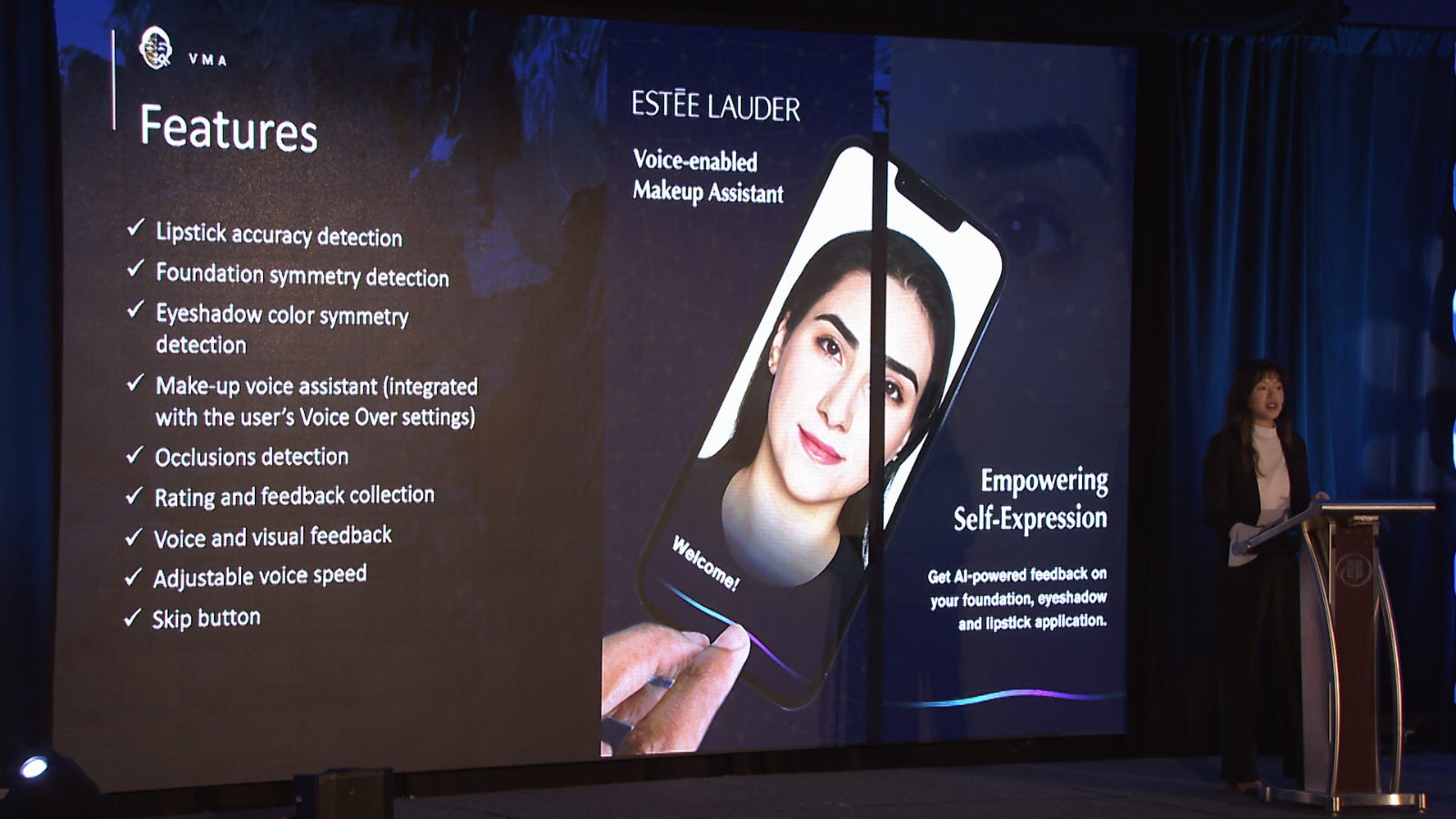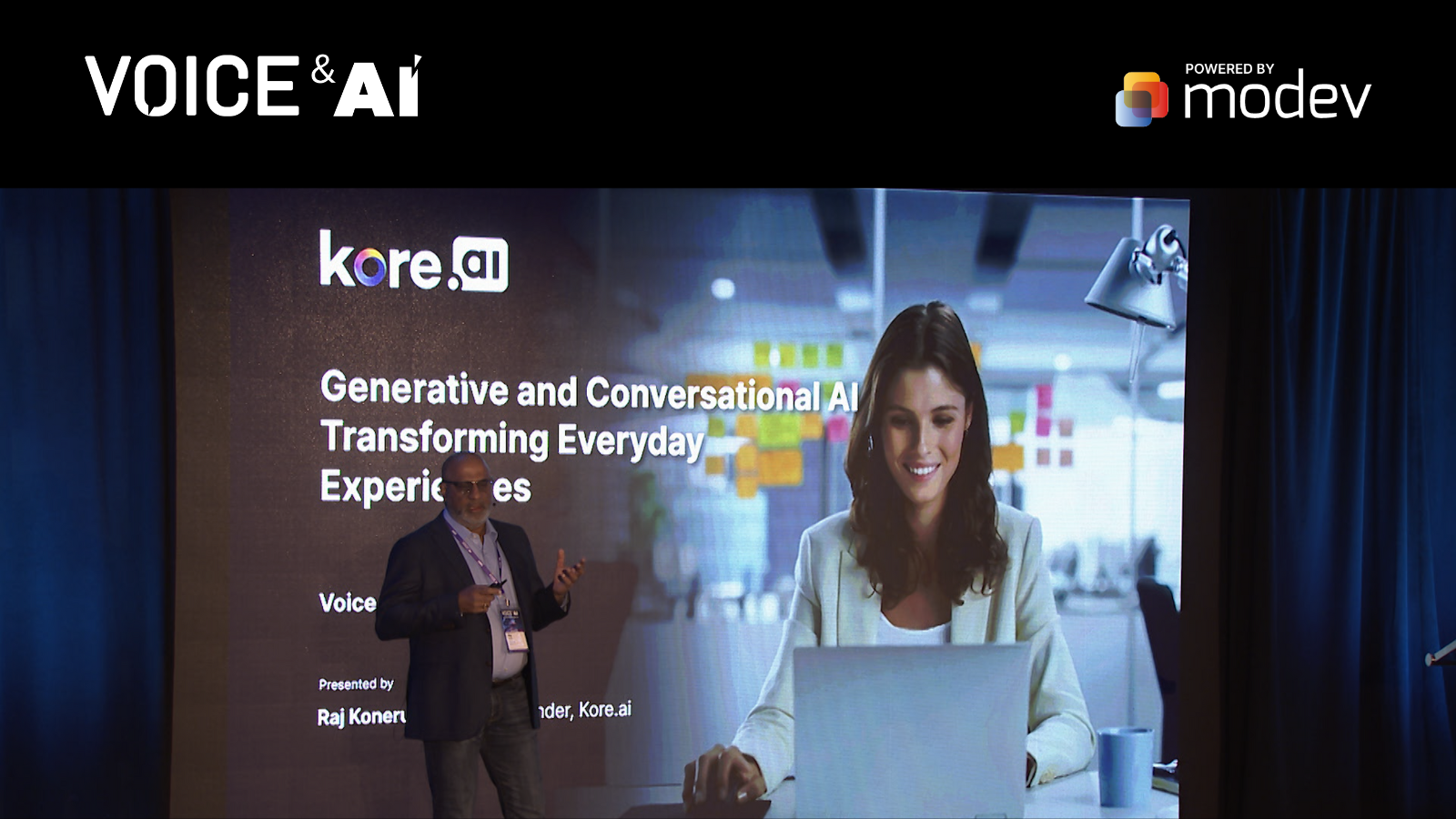Voice tech is more sophisticated today than ever. The tech's capacity to interpret and act upon human speech is simply astounding. And in recent years, its growing ability to understand various accents and dialects has made it even more powerful and accessible.
But understanding speech is only part of the equation. And more and more voice developers are turning their attention to the non-content component of speech. By analyzing voice patterns, developers can now leverage what's called prosody: the intonation, pace, and emphasis of the utterances rather than their content. They can then link these patterns to behavioral characteristics and personality types to achieve something pretty special: anticipate future personal behavior.
That's predictive voice analytics.
In this piece, we're going to look at what predictive voice analytics are, how they work, and provide an overview of their benefits.
What Are Predictive Voice Analytics?
Predictive voice analytics will be most valuable to brands that exchange verbally with their customers - so call centers stand to benefit the most. We'll be using call centers as our primary example.
Most call centers already record their calls. They do this for various reasons, namely for auditing and evaluating agents. They can then use artificial intelligence (AI) to analyze the calls and transcribe them to text. But today, with the mounting sophistication of AI and machine learning, it can pick up on the speech's prosody, the verbal and non-verbal communication elements in a customer's utterances that dictate meaning and provide insight into their emotions. And from that emotional content, the AI can predict future behavior within the context of the exchange.
Many customers may well outwardly express how they feel about your products and brand, but many times they won't. That information will nonetheless be present in the way they speak.
How do Predictive Voice Analytics Work?
Predictive voice analytics software can deduce a customer's emotional state by analyzing verbal and non-verbal speech characteristics and algorithmically correlating that to sets of pre-defined behaviors. It then groups customers into "behavioral buckets" based on the assessed probability of them adopting a future behavior.
Of course, the bigger the data set, in this case, the call volume, the more accurate the predictions will be - the algorithms can self-correct based on past behavior.
The software listens for different cues in human speech. Things like:
Intonation
Intonation analysis is typically based on three aspects of speech: the division of speech into units (tonality), the highlighting of specific words and syllables (tonicity), and pitch movement - falling or rising (tone). These intonation markers can inform you about customers' indicators of interest, confidence level, and desired outcomes. Speech intonation is highly revealing of a person's emotional state.
Contrast and Focus
Intonation and stress can underscore important words or syllables for contrast and focus. These subtle cues can drastically affect the meaning of an utterance; hence, it's critical for predictive voice analytics software to have the ability to interpret such speech accentuations. An example commonly used to illustrate this point is the sentence, "I never said she stole my money." You can highlight any of the seven words in the sentence, which will change the meaning each time. And meaning is essential to understanding the speaker's emotional state.
Amplitude Shifts
Does the customer's voice noticeably vary in amplitude as they speak? These changes in resonance and volume can indicate their level of interest. Correlating amplitude shifts to the subject being discussed can inform you about the customer's feelings relative to that topic/product/brand.
Rhythm
The rhythm and timing of our utterances are also highly revealing of our emotional state. And our speech's rhythm plays a vital role in defining its general tone. A faster rhythm will denote a higher emotional state, whether enthusiastic or angry. Conversely, a slower rhythm indicates calmness or detachment. These are all helpful insights that can help you to understand your customers better and base your business decisions on that understanding.
Pausing
We frequently pause as we talk. And those pauses are filled with contextual significance. There are many different "types" of pauses. Some pauses denote hesitation; others are silent pauses (when one has finished speaking). We also have "filler” pauses, such as "like," "er," and "uhm." And then we have what is referred to as paralinguistic expressive respiratory pauses (yes, that's a mouthful), like sighs and gasps. Pauses, inflections, and other speech patterns can mark key decision points in a customer's mind.
Putting it all Together
So what happens once you have all that data about your customers' behavioral patterns and emotional states? Within the context of a call center, there are many benefits to predictive voice analytics. Below is a list of some of the key benefits.
- Rank your customers that are most likely to make a purchase - You’ll be able to identify commonalities between customers who purchase and who don't. You can then fine-tune your marketing campaigns accordingly.
- Improve customer retention - By gaining insights into the customers most likely to end their relationship with your brand, you can match them with the agents best suited for that context and provide them with the right incentives to remain onboard.
- Augment the probability of success with cold calls and follow-ups - With the information on customers most likely to purchase, you can narrow your cold calls down to those with the highest chance of success. If follow-up calls are required, you can again prioritize those most likely to opt for purchase when presented with the proper information a second time.
Wrapping Up
So that was an overview of predictive voice analytics. It's a vast topic that has become the focus of many researchers in the AI field. It provides an obvious payout for call centers in terms of efficiency gains and growth. And let's not forget that this emerging field will likely grow massively in the coming years. So in the spirit of the early bird getting the egg, now may be the time to take the plunge and look into using predictive voice analytics in your organization.
After all, the future is vocal.
About Modev
Modev was founded in 2008 on the simple belief that human connection is vital in the era of digital transformation. Modev believes markets are made. From mobile to voice, Modev has helped develop ecosystems for new waves of technology. Today, Modev produces market-leading events such as VOICE Global, presented by Google Assistant, VOICE Summit the most important voice-tech conference globally, and the Webby award-winning VOICE Talks internet talk show. Modev staff, better known as "Modevators," include community building and transformation experts worldwide. To learn more about Modev, and the breadth of events and ecosystem services offered live, virtually, locally, and nationally - visit modev.com.






